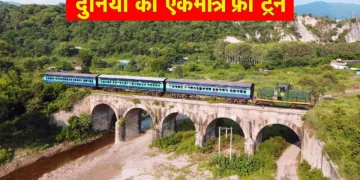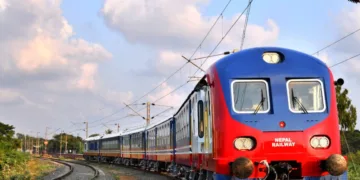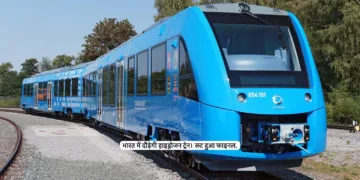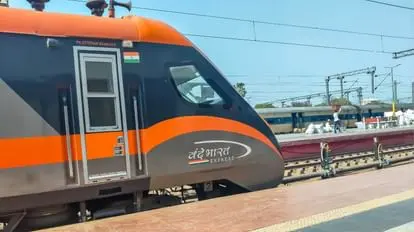What’s inside:
This article shares the successful test run of the Vande Bharat train at a speed of 160 km/h in India.
The Vande Bharat train, which is India’s semi high-speed train, recently achieved a remarkable milestone by running at 160 km/h for the first time. This test took place on the Mitawali-Mandarak rail section in the Prayagraj division of the North Central Railway.
The test was conducted using the Kavach safety system, which is designed to enhance train safety. The General Manager of NCR, Naresh Pal Singh, congratulated the officials and staff for this successful trial.
With the aim of increasing train speeds on the Delhi-Hawrah rail route, the Indian Railway has made significant improvements to its infrastructure. New tracks have been laid, and walls have been constructed along the railway lines, enabling trains to run safely at higher speeds.
During the test, the Kavach system was able to automatically reduce the train’s speed from 160 km/h to about 28-30 km/h near certain loop stations. It also successfully activated emergency brakes when the train approached a red signal, stopping it safely within a short distance.
This successful trial confirms the effectiveness of the Kavach safety system in ensuring safe operations at higher speeds. Future tests and improvements will continue as part of the railway’s modernization efforts.
Summary:
- The Vande Bharat train ran at 160 km/h for the first time in India.
- This test was conducted on the Mitawali-Mandarak rail section.
- The Kavach safety system was used during the trial.
- The test showed effective safety measures at high speeds.
- Railway modernization efforts will continue with future trials.








